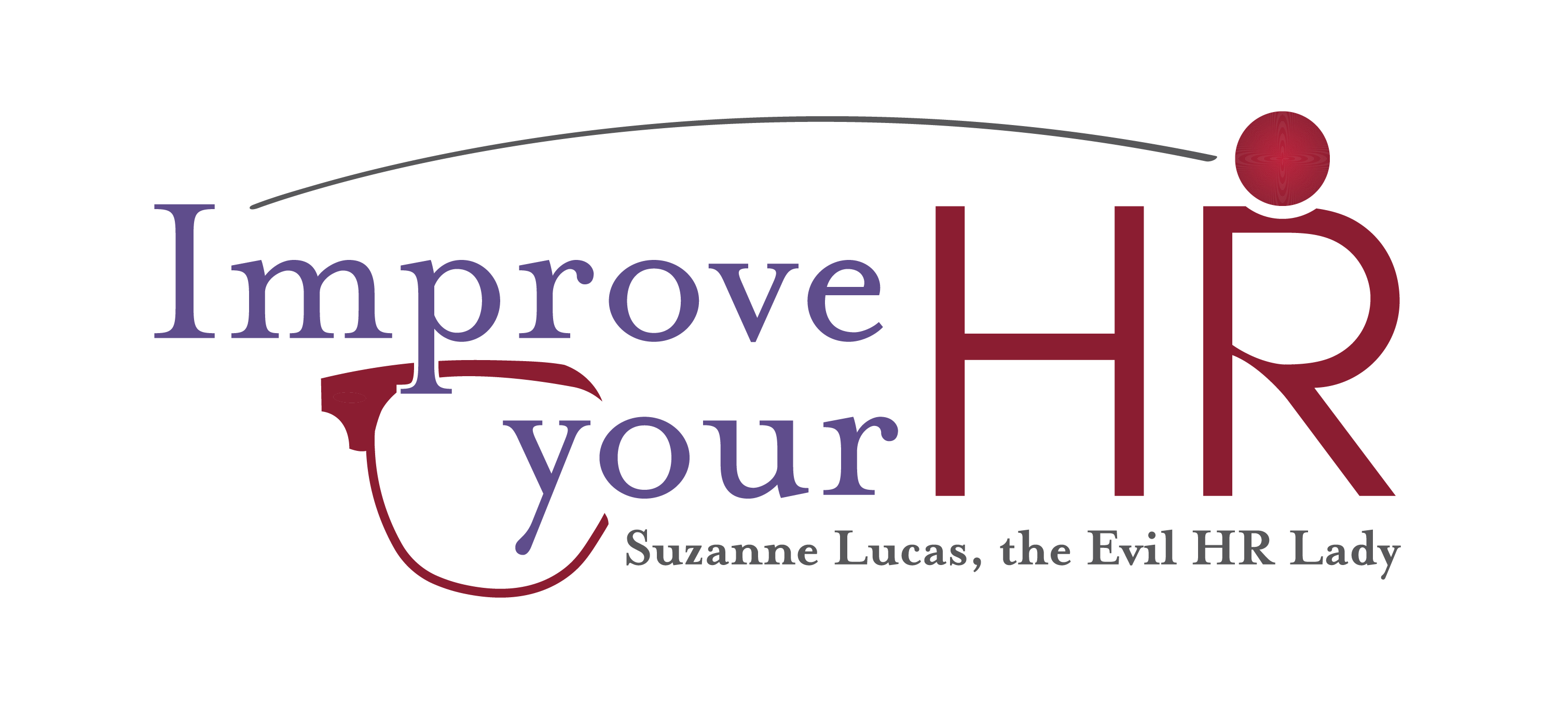I stumbled upon This piece of wisdom:
Tribal wisdom of the Dakota Indians (so legend has it), passed on from generation to generation, says that, “When you discover that you are riding a dead horse, the best strategy is to dismount.”
Makes sense, right? The unknown author continues:
However, in government, education and the corporate world, more advanced strategies are often employed, such as:
1. Buying a stronger whip.
2. Changing riders.
3. Giving horse and rider a good bollocking.
4. Re-structuring the dead horse’s reward scale to contain a performance-related element.
5. Suspending the horse’s access to the executive grassy meadow until performance targets are met.
6. Making the horse work late shifts and weekends.
7. Scrutising and clawing back a percentage of the horse’s past 12 months expenses payments.
8. Appointing a committee to study the horse.
9. Arranging to visit other countries to see how other cultures ride horses.
10. Convening a dead horse productivity improvement workshop.
11. Lowering the standards so that dead horses can be included.
12. Reclassifying the dead horse as living-impaired.
13. Hiring outside contractors to ride the dead horse.
14. Outsourcing the management of the dead horse.
15. Harnessing several dead horses together to increase speed.
16. Providing additional funding and/or training to increase dead horse’s performance.
17. Doing a productivity study to see if lighter riders would improve the dead horse’s performance.
18. Declaring that as the dead horse does not have to be fed, it is less costly, carries lower overhead and therefore contributes substantially more to the bottom line of the economy than do some other horses.
19. Rewriting the expected performance requirements for all horses. And the highly effective…
20. Promoting the dead horse to a supervisory position.
How sad is it that I not only laughed, but nodded my head with almost every one of these?

I have to admit that I have used several of these advanced techniques during my career when the correct decision was to “dismount”. The problem that I found, especially early in my management life, was an inability to determine that the horse was actually dead. Much like the doctor that tries everything to save the patient, I was reluctant to declare a time of death. I guess I looked at the situation as being a failure on my part, but as the wise indian surmized…it is not easy or practical to motivate a dead horse. Thanks for the opportunity to reflect.
Steve–somehow I’m overcome with the desire to make a plaque that says “It is not easy or practical to motivate a dead horse” and hang it in my office.